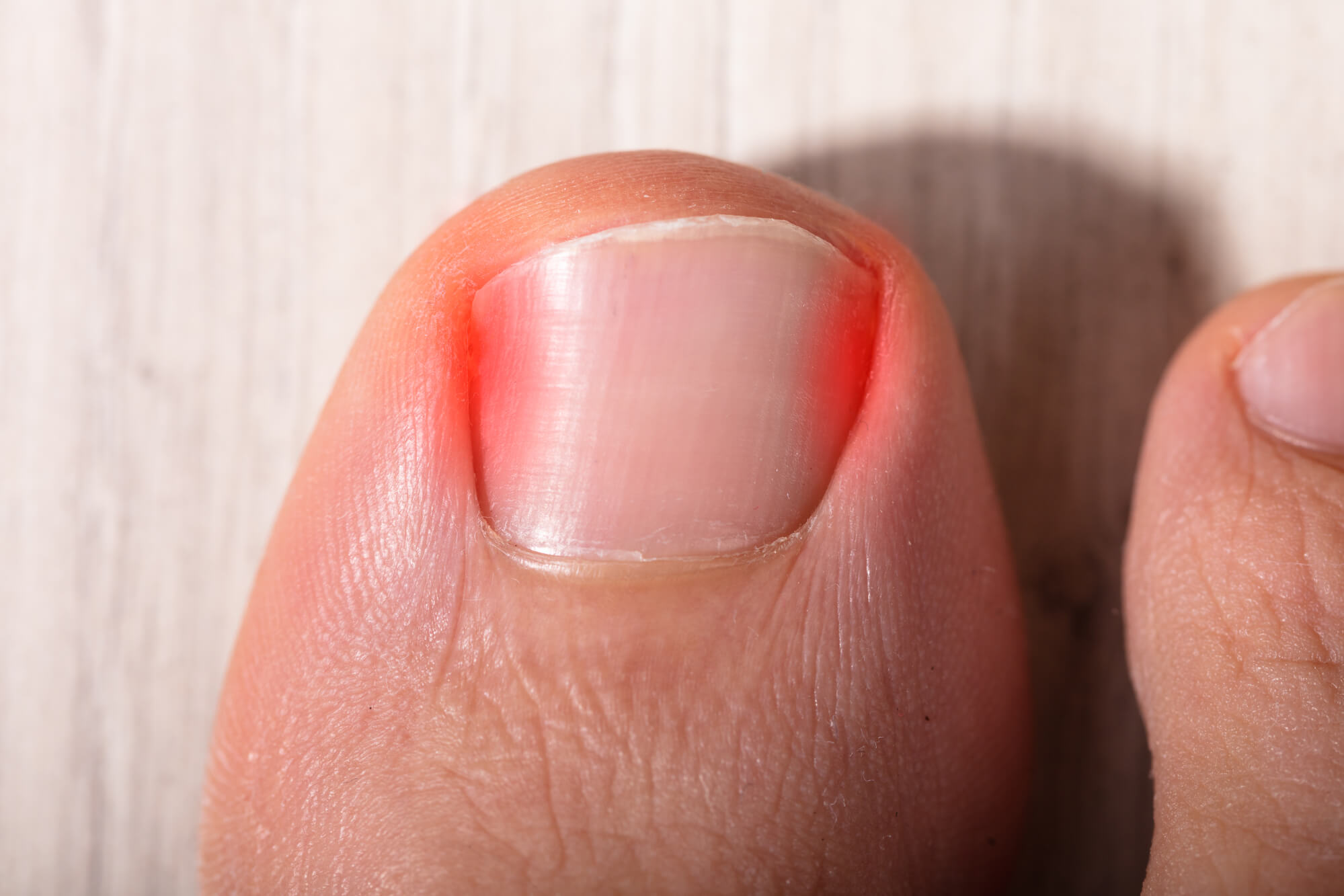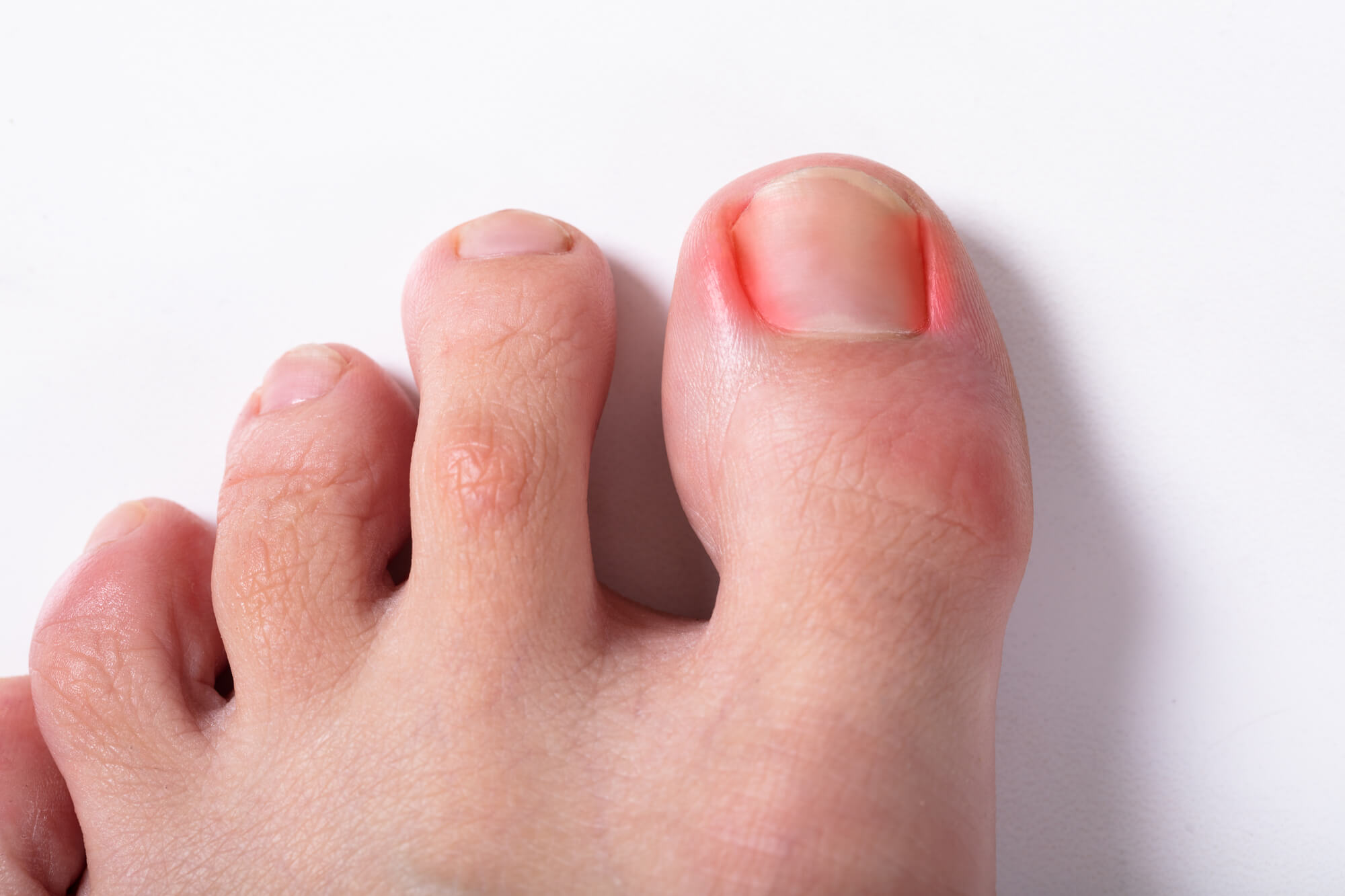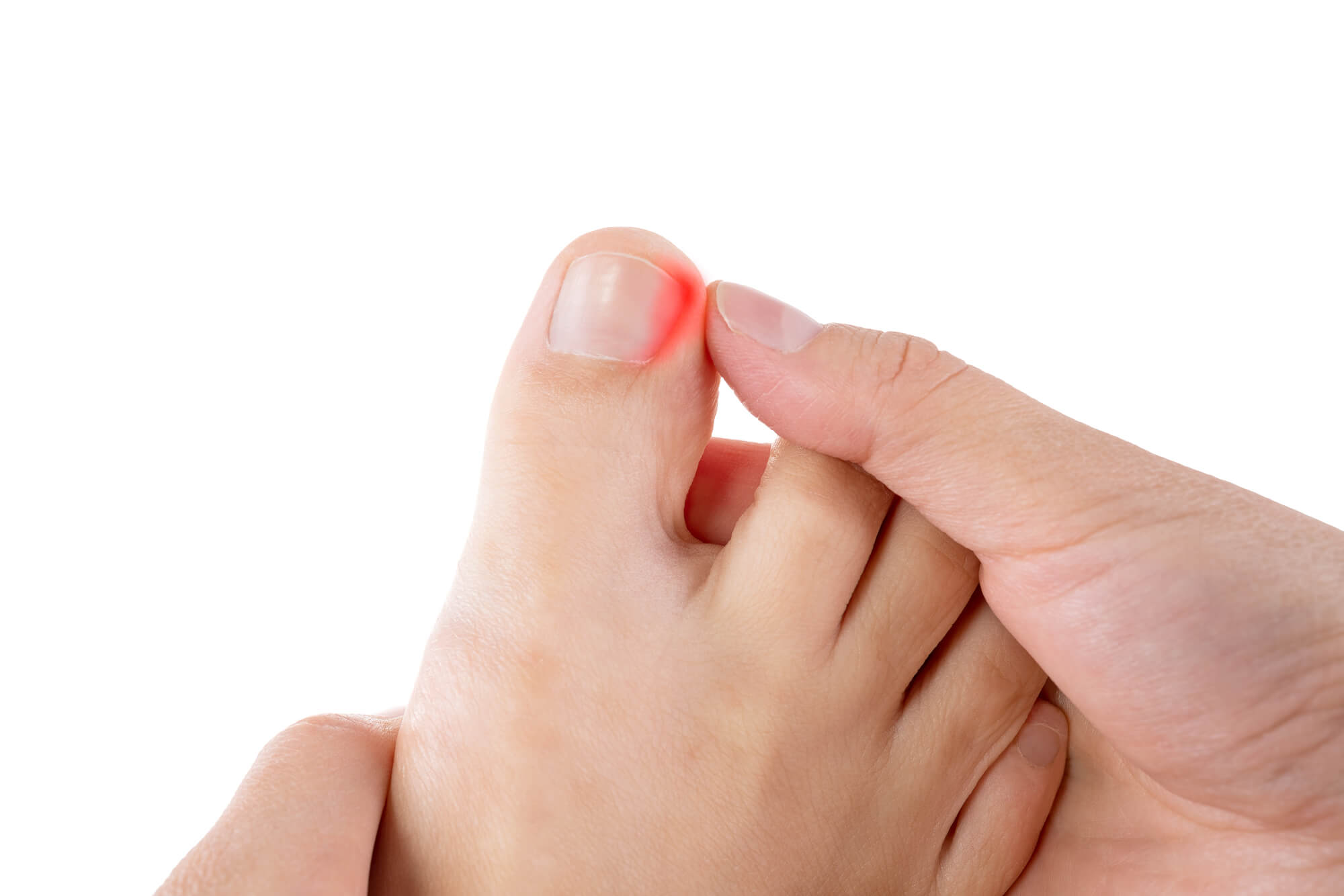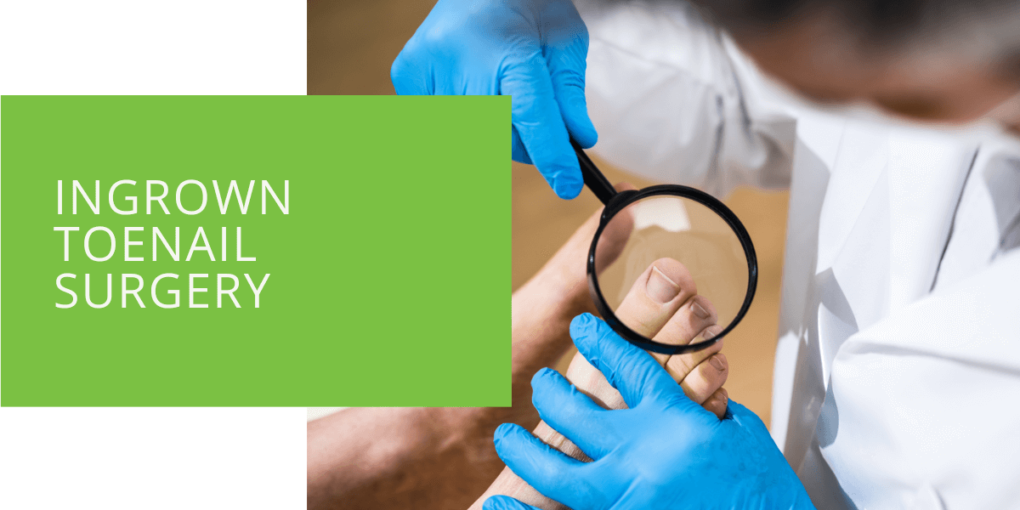Understanding Ingrown Toenail Surgery
Ingrown toenails can be a painful and frustrating experience for many people. If left untreated, ingrown toenails can lead to infection, discomfort, and decreased quality of life. In some cases, ingrown toenail surgery may be required to alleviate the pain and discomfort caused by the condition.
What Is an Ingrown Toenail?
An ingrown toenail is a condition that occurs when the toenail grows into the skin surrounding the nail. This can cause inflammation, pain, and discomfort. Some people are more prone to developing ingrown nails due to the shape of their toenails or their footwear choices. If you are experiencing an ingrown toenail, it is essential to seek the help of a podiatrist to determine the best course of action.
When to Consider Ingrown Toenail Surgery
In some cases, ingrown toenail surgery may be required to treat the condition effectively. A podiatrist may recommend surgery if:
- The ingrown toenail is causing severe pain and discomfort
- The ingrown toenail is affecting your ability to perform normal activities
- The ingrown toenail is infected
- Conservative treatments, such as soaking the toe or wearing open-toed shoes, have not been effective in treating the condition.
Preparing for Ingrown Toenail Surgery
If you and your podiatrist have decided that ingrown toenail surgery is the best option for your condition, you should do a few things to prepare for the procedure.
- Schedule a consultation with your podiatrist to discuss the procedure and what to expect.
- Make sure to follow any pre-operative instructions your podiatrist gives, such as stopping any medication that can increase bleeding or affect anesthesia.
- Arrange for someone to drive you home after the procedure, as you may be numb and unable to drive.

The Ingrown Toenail Surgery Procedure
A podiatrist may recommend a few different types of ingrown toenail surgery procedures, depending on the severity of the condition. During the procedure, your podiatrist will administer anesthesia to numb the toe. Once the toe is numb, the podiatrist will remove the part of the nail causing the problem. Your podiatrist may clean the area and apply antibiotic ointment if an infection occurs. Here are the types of ingrown surgery:
Partial Nail Avulsion
Partial nail avulsion is a common type of surgery. This procedure involves removing only a portion of the toenail and a small portion of the surrounding nail bed. The remaining nail portion is left intact and allowed to grow over time.
Partial nail avulsion has several advantages. It is a relatively simple procedure that can be performed under local anesthesia, meaning you will not need to be put under general anesthesia. It also has a high success rate, with most people experiencing significant relief from their ingrown nail symptoms after the procedure.
One potential disadvantage of partial nail avulsion is that the ingrown toenail may recur. This is more likely to happen if the underlying cause of the ingrown nail is not addressed, such as if you continue to wear ill-fitting shoes or fail to trim your toenails properly.
Total Nail Avulsion
Total nail avulsion is a more aggressive type of surgery. This procedure involves removing the entire toenail, including the nail bed. It may be recommended for people with severe or recurrent ingrown toenails.
One advantage of total nail avulsion is that it prevents the ingrown nails from recurring. By removing the entire toenail, there is no chance for the nail to grow into the skin again. It is also a good option for people with chronic infections or other complications.
However, total nail avulsion is a more invasive procedure than partial nail avulsion, and it can be more painful and require a longer recovery time. After the procedure, you may also experience temporary numbness or stiffness in the toe.

Wedge Resection
Wedge resection is another surgery that may be recommended in some cases. This procedure involves removing a small wedge-shaped portion of the toenail to prevent it from growing into the skin.
Wedge resection has some advantages, such as being less invasive than total nail avulsion and shorter recovery time. However, it may not be as effective as partial or total nail avulsion for more severe cases of ingrown toenails.
Post-Operative Care and Recovery
After ingrown toenail surgery, taking good care of the surgical area is essential to ensure proper healing. Your podiatrist will give you specific post-operative instructions, but some general guidelines include the following:
- Keeping your foot elevated as much as possible for the first few days
- Avoiding strenuous activity for at least a few days after the procedure
- Soaking the toe in warm water and applying antibiotic ointment as directed by your podiatrist
- Keeping the toe bandaged and dry
- Taking any oral antibiotics prescribed by your podiatrist as directed
- Watching for signs of infection, such as pus or increased pain

Expected Results and Potential Complications
Most people experience a significant improvement in their symptoms after ingrown toenail surgery. However, as with any surgical procedure, there are potential risks and complications. Some potential complications of surgery include:
- Infection
- Bleeding
- Nerve damage
- Recurrence of the ingrown toenail
Your podiatrist will give you specific instructions on caring for your toe after surgery to minimize the risk of complications.
In some cases, the toenail may not grow back after surgery. This is more common with total nail avulsion procedures. However, it is usually not a cause for concern, as the nail bed will heal over time and form a protective layer of skin.
It is essential to remember that every individual's recovery process is different. Some people may experience a quicker recovery, while others may take longer. However, most people can resume normal activities within a few days to a week after the procedure.
Conclusion
Ingrown toenail surgery is a safe and effective way to treat ingrown toenails that are causing severe pain, discomfort, or infection. If you are experiencing an ingrown nail, it is essential to seek the help of a podiatrist to determine the best course of action. Your podiatrist will work with you to develop a treatment plan tailored to your specific needs and help you get back to your normal activities as quickly as possible.
Remember, taking good care of your toe after surgery is important to ensure proper healing and minimize the risk of complications. With the right care, you can expect to experience significant relief from the pain and discomfort caused. Don't hesitate to talk to your podiatrist if you have any questions or concerns about ingrown toenail surgery.

